
Sir Cecil Walter Hardy Beaton was a British fashion, portrait and war photographer, diarist, painter, and interior designer, as well as an Oscar–winning stage and costume designer for films and the theatre.
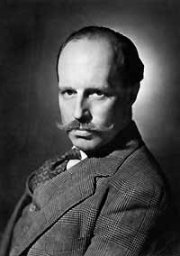
Sir Basil Urwin Spence, was a Scottish architect, most notably associated with Coventry Cathedral in England and the Beehive in New Zealand, but also responsible for numerous other buildings in the Modernist/Brutalist style.
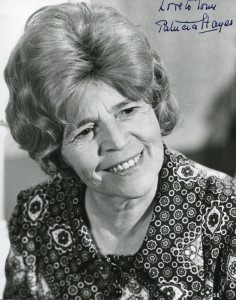
Patricia Lawlor Hayes was an English character actress.

Watch with Mother was a cycle of children's programmes created by Freda Lingstrom and Maria Bird. Broadcast by BBC Television from 1952 until 1975, it was the first BBC television series aimed specifically at pre-school children, a development of BBC radio's equivalent Listen with Mother, which had begun two years earlier. In accordance with its intended target audience of pre-school children viewing with their mothers, Watch with Mother was initially broadcast between 3:45 pm and 4:00 pm, post-afternoon nap and before the older children came home from school.

Christopher Ironside OBE, FRBS was an English painter and coin designer, particularly known for the reverse sides of the new British coins issued on decimalisation in 1971.
Abram Games was a British graphic designer. The style of his work – refined but vigorous compared to the work of contemporaries – has earned him a place in the pantheon of the best of 20th-century graphic designers. In acknowledging his power as a propagandist, he claimed, "I wind the spring and the public, in looking at the poster, will have that spring released in its mind." Because of the length of his career – over six decades – his work is essentially a record of the era's social history. Some of Britain's most iconic images include those by Games. An example is the "Join the ATS" poster of 1941, nicknamed the "blonde bombshell" recruitment poster. His work is recognised for its "striking colour, bold graphic ideas, and beautifully integrated typography".
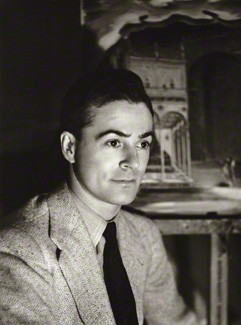
Oliver Hilary Sambourne Messel was an English artist and one of the foremost stage designers of the 20th century.

Veronica Patricia Hurst was a British film, stage and television actress. Hurst was born in Malta and brought up in Tooting, London.
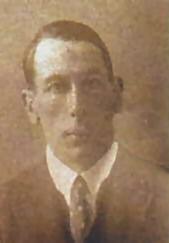
Charles André Mare (1885–1932), or André-Charles Mare, was a French painter and textile designer, and co-founder of the Company of French Art in 1919. He was a designer of colorful textiles, and was one of the founders of the Art Deco movement.

Susan Shaw was an English actress.
Top of the Form was a BBC radio and television quiz show for teams from secondary schools in the United Kingdom which ran for 38 years, from 1948 to 1986.
Frederick Leonard Alfred Pusey was a British film art director and production designer, and a Second World War camouflage officer. His artistic skill was put to use on large-scale deception schemes in the Western Desert, including a dummy railhead and a dummy port.
J. L. Eve Construction was a civil engineering company from south London.

James "Leslie" Gardner OBE RDI was a British museum and exhibition designer. Although most widely known for his exhibition work, Gardner also undertook illustration and ship design work. His archive is located at the University of Brighton Design Archives.
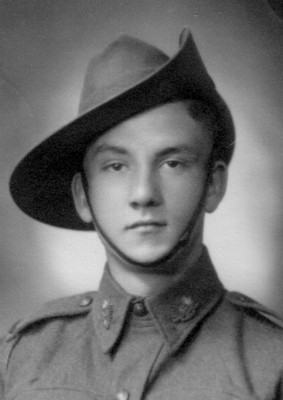
Robin Casper Lovejoy, OBE was an Australian director, actor, and designer best known for his work on television and in theatre. He was one of Australia's leading theatre directors of the 1960s and 1970s and significantly influenced the Australian drama and theatre stage.
The Walter Willson Cobbett Medal is awarded annually by the Worshipful Company of Musicians "in recognition of services to Chamber Music". It was established in 1924 and endowed with £50 by Walter Willson Cobbett (1847–1937), an amateur violinist and expert on chamber music who went on to serve as the company's master in 1928–29. Cobbett had previously instigated the Cobbett Competition for chamber music, and later was the primary author of the two volume Cobbett's Cyclopedic Survey of Chamber Music, first published in 1929.
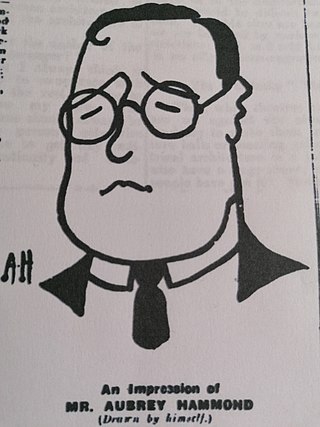
Aubrey Hammond, was an English theatre practitioner. He worked as a set and costume designer in theatre and film and was a humourist, a book illustrator and commercial poster and advertising designer.
Sally Jacobs was a British stage designer and director.
John Julian Somers, known as Julian Somers, was a prolific English stage and screen actor.
Professor James Dwyer McGee OBE FRS was an Australian scientist and photoelectronics inventor, who worked for many years at EMI in west London, largely developing the first television camera.











